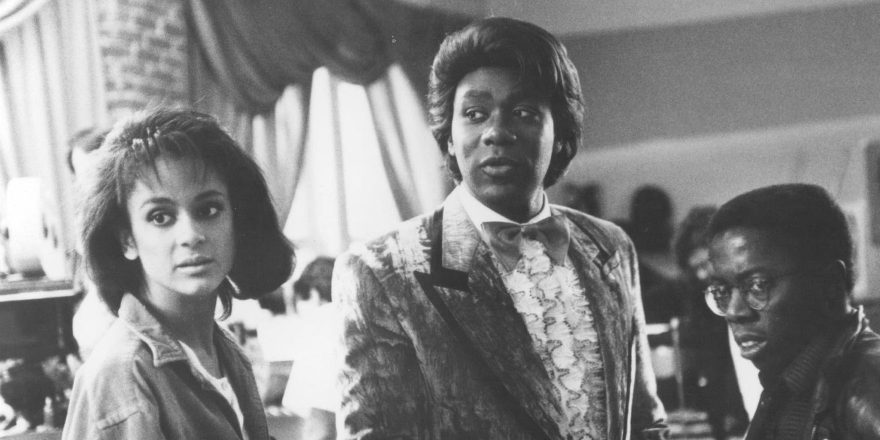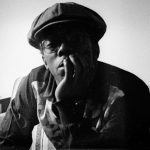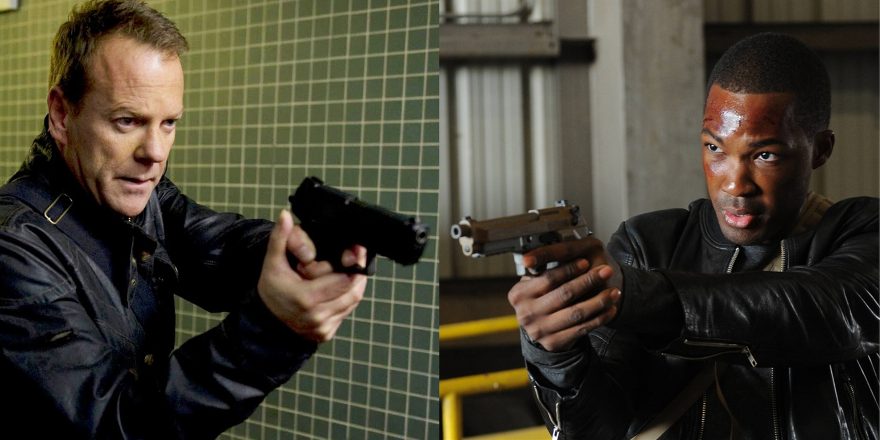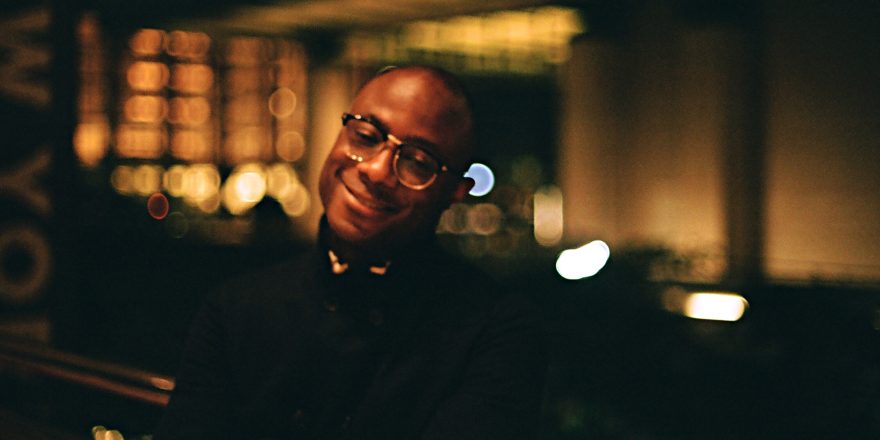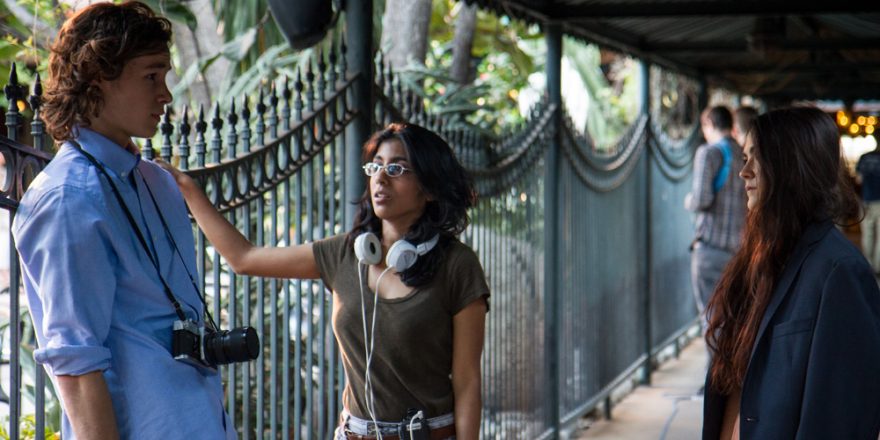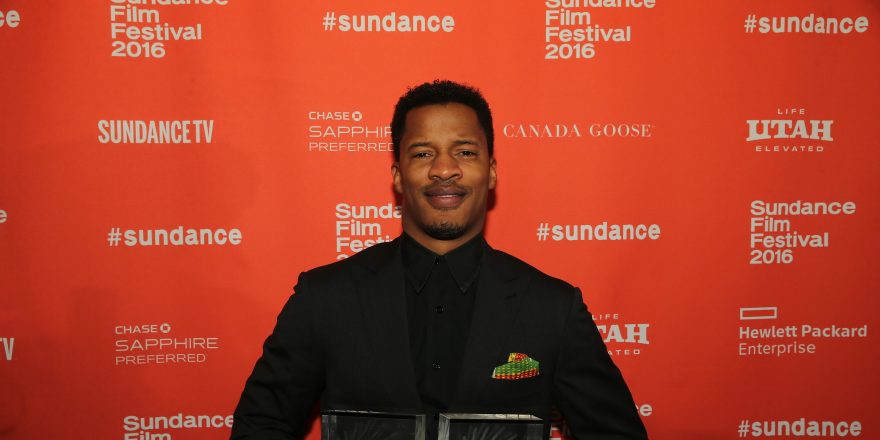Once upon a time, back in the early 1990s, I directed the feature film True Identity for Disney. Historically, this appointment made me the very first African-American filmmaker to have worked for the legendary Hollywood company. In all honesty, I felt a proud degree of honor to be the dude positioned as such.
First, check this out: Though sometimes referred to as “The House That Mickey Built” or “The Mouse House,” the Walt Disney Company is 100 percent borne of the Disney brand. This means family, family and nothing but family-friendly product comes first! Touchstone Pictures, a live-action division of Disney, was created solely because the mothership wanted to expand its base and branch out to more adult fare: PG-13 and R ratings. This means some nudity, some profanity, even some “bad” behavior. The stimulus for all of this expansion was the “woefully unsuccessful picture” Splash, starring Tom Hanks. Of course, I’m joking about Splash, thank you very much, because Splash was a huge hit! Huge! But, the rest of what I said about Disney and Touchstone is completely on point. My film True Identity was financed and distributed under the Touchstone banner. For the remainder of this “exposé,” I shall refer to the company only as Disney.
I got my True Identity gig at Disney because the year before I had made a successful, low-budget indie called Sidewalk Stories. Shot in black-and-white and made as a legitimate silent movie, Sidewalk Stories won 13 international awards, including the Prix du Publique at the Cannes Film Festival. It was booked in many theaters around the world and earned a respectable international following.
Though Disney had never made a live-action feature film based around African-American principals or content, they had a script written by Andy Breckman, the creator of SNL‘s Eddie Murphy’s classic “Mr. White” skit. This is the classic comedy skit where Eddie Murphy dresses up in whiteface and travels throughout New York City to experience the truth of how white people really live when black folk are not around. Disney’s True Identity project was to be a expansion of this skit.
In the early going, a young Wesley Snipes was considered for the lead role. I don’t know why this did not work out, but what I do know is that it took almost a whole year before the company came to me to try and revive this property of theirs.
When I was first offered the assignment, I had less than zero interest in attaching myself to it. There were a number of reasons for this. One: having made an independent film where I was in full control, and having done it successfully, I did not see working in Hollywood as a natural progression. Two: At the time, Disney was well-known for being a most controlling studio and not too director-friendly or independent-thinking. And three: I was dedicated to doing my next indie film, Skins, which was to have no restrictions in dealing with the subject of interracial dating and racism in America.
Disney, though, was unrelenting in their daily pursuit of me, even to the point of phoning my brother and trying to convince him to convince me to change my mind and make their film. Mind you, this is back in the early ’90s. To this day, we don’t know how they got my brother’s phone number. The long and short of it, though, is that I sold out. I was bought, at the time, for an unimaginably high price! Along with the riches, I was offered a piece of logic which I found quite reasonable and most convincing: “Charles, do this piece for us, do it well – then return to your independent roots a much wealthier man and do the movies you feel you are meant to do, only with a healthier bank account for you and your little Lanes.” This logic made mucho sense. And all of that dough did not completely insult me either. After all of Disney’s chasing, and my usual refusals – guess what? I accepted. I was to rewrite True Identity. I did. They weren’t satisfied. Then Disney hired the wonderful writing talents of William Osborne, William Davies and Leslie Dixon, who collectively are responsible for Twins, Puss in Boots, The Scorpion King, Limitless, Hairspray and Look Who’s Talking Now.
For the lead role of Miles Pope, I had one actor who I knew was perfect for the part. Darnell Williams (best known as Jesse Hubbard on All My Children) is a great actor with whom I had worked before in Sidewalk Stories. Disney, however, had another actor in mind and made it clear that they were leaning toward their own. But, because I was their director, made it clear that they respected my opinion and wanted to be fair to me. They said that I must do a screen test with Darnell Williams and if they liked him better than their own choice, they would go with me. But this was not to be just any screen test! Disney laid down a whopping $26,000 budget to cover two days: one day of shooting, one day editing, with material sent overnight to Hollywood. I could not, for the life of me, figure out why Disney was being so overly generous with their wallet. They provided me with a first-class airplane set atop a gyro to simulate cabin distress before a crash. They provided and paid for two actors as flight attendants, 16 extras to fill out the first-class cabin, a mini production crew, a fabulous editor, wall-to-wall transportation, and good eats. What an expensive screen test/audition. No expense spared! Two days later, I found out exactly why …
Via telephone, I was informed that while all the Disney executives loved the job I did with the screen test and loved my actor, Darnell Williams, it was with a “heavy heart” that they said, “We love our original guy just a wee bit more.” I said, “But, but …” They said, “No buts. We were most fair. We gave you every level of support you needed to convince us to change our position, but we love our choice.” To be clear, at the outset, I never knew who Disney’s original selection was.
It turned out to be Lenny Henry. Lenny is a British stand-up comedian, actor, impressionist, writer and more. In fact, I misspoke. Lenny has recently been knighted by Her Majesty Queen Elizabeth II! So, properly stated, my man is now more correctly known as Sir Lenny Henry. So, Lenny Henry and I became quick friends, comrades, and a team unit committed to supporting one another to do the absolute best work we could. We kept our joyful commitment until the conclusive end of our work together. Way to go, Lenny – pardon me, Sir Lenworth! No, make it Lenny again. He and I did a great job together in supporting one another. Proud – so proud!!!
Disney and I initially understood that I agreed to direct their project only if I could inject some topically sharp social edginess and awareness into their comedy. For example, black men, on occasion, having difficulty catching a cab. Racial profiling, etc. But once checks got cashed and I relocated to Los Angeles, our conversations morphed into different points of views. Ultimately, though, they were the bigger boss of the entire enchilada! And, why not? After all, they were paying for it. All $14 to $16 million of it. Mistakenly, though, I thought and expected we could have balanced conversation where we could find solutions to our differences … not so much. In conflicts and differing points of view, for every one concession I received, my employers got five. This was the true math of True Identity!
While Disney wanted a more family-friendly, cookie-cutter flick, I wanted a harder-edged, spicy comedy with social commentary. A deeper, more worldly, non-formulaic film which hopefully would result in a more cinematically complex, valuable product. To a large degree, Disney and I were at cross purposes. I think it’s fair to say that, at times, Disney and I were attempting to make two separate films. And, throughout our journey, knock heads we did.
With no exaggeration, at least three or four shooting days per week, Charles Lane (that would be me) received early morning Disney phone calls while on set from the powers that be regarding different ways he should or should not shoot the scene upon which he was currently in the midst of shooting. I can assure you, these were not the happiest experiences I had in the making of True Identity.
On and on it went. Intrusive disagreements aplenty. I wanted This, Disney wanted That! For one comedic scene we were shooting in Soho in New York City, I wanted Lenny Henry to wear his James Brown wig. My Disney people back in Hollywood did not. No exaggeration: there were two hours of bantering and company shutdown before they agreed to let me have my way. I feel the need to reiterate, folks, this was over wearing a James Brown wig. We had far too many moments like that. At least 13. Highly debilitating, I must say.
It all came to a head when I was at the beginning of the editing process with the extraordinary Kent Beyda. I received a phone call in the editing room from my composer/blood brother Marc Marder who, on Disney’s dime, was living several blocks from me in West Hollywood. Marc called me in the editing room to say thank you very much and that he was nearly packed and on his way to the airport destined for his home in Paris, France. What?!!! I rushed to his hotel room. He was nearly packed and told me that he had been fired and replaced. What?!!!
I lost it! I phoned Jeffrey Katzenberg’s office and said there was a massive emergency and that I had to see him immediately! I had met Jeffrey when I started the project and up to this point we had shared a few pleasantries. So, 13 minutes after having made that phone call, I was standing face to face with Jeffrey in his office. Like me, he’s a short guy. In fact, we’re the exact same height. The only difference between us is that he’s Jeffrey Katzenberg! I was livid and did not mince words. As articulately and concisely as I could, I informed him of my utter frustration with his minions initially telling me one thing, then contradicting themselves by telling me close to the opposite thing about what was best for this studio film. I told him how difficult it has been to make True Identity by committee!
I told him that now the deal-breaker was that they had gone behind my back, firing my composer, planning to replace him with some dude I had never heard of! I said to Jeffrey, “You guys are shooting yourselves in the fucking foot!” His response, and I quote, “Well, Charles, please don’t allow us to shoot ourselves in the foot or any other part of our anatomy. You had your challenges, you rattled your cage, I hear you. Don’t worry, everything is going to be fine!” “What about my composer Marc Marder?” I asked. He repeated himself, “Everything is going to be fine.” It seemed a little too easy so I asked, “Do I have your word on that?” He nodded his head and said, “Yes.” We shook hands, and from that moment, through the months that followed, Disney became the best studio on the planet to work for.



